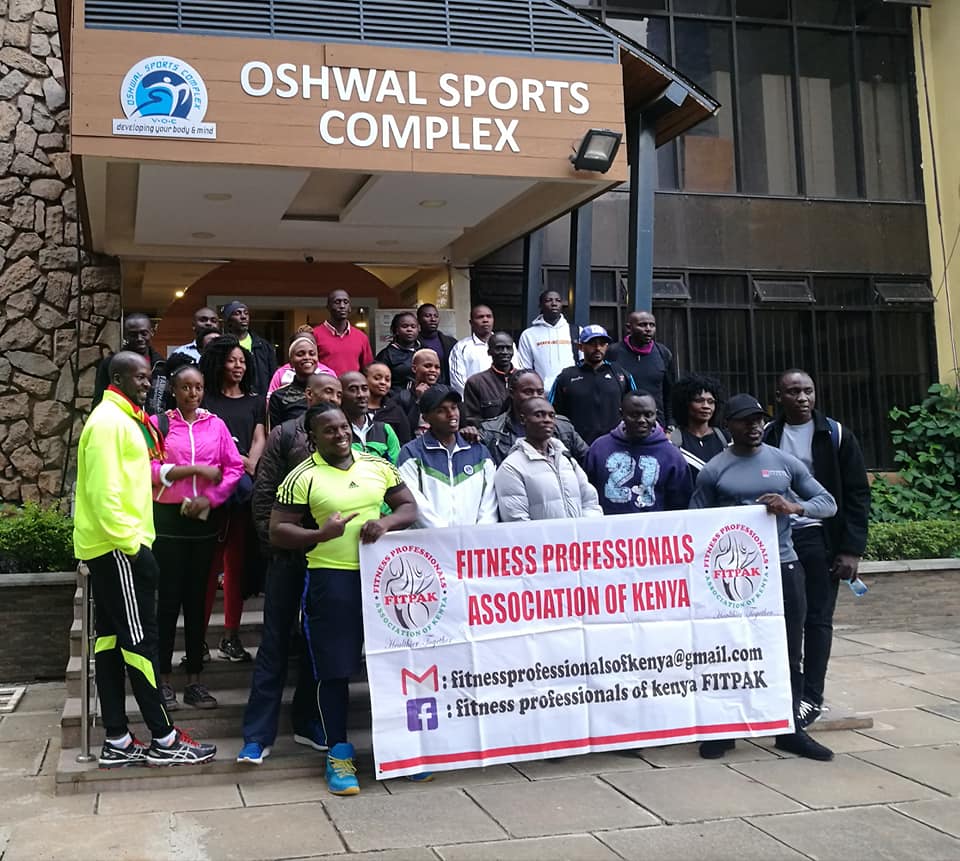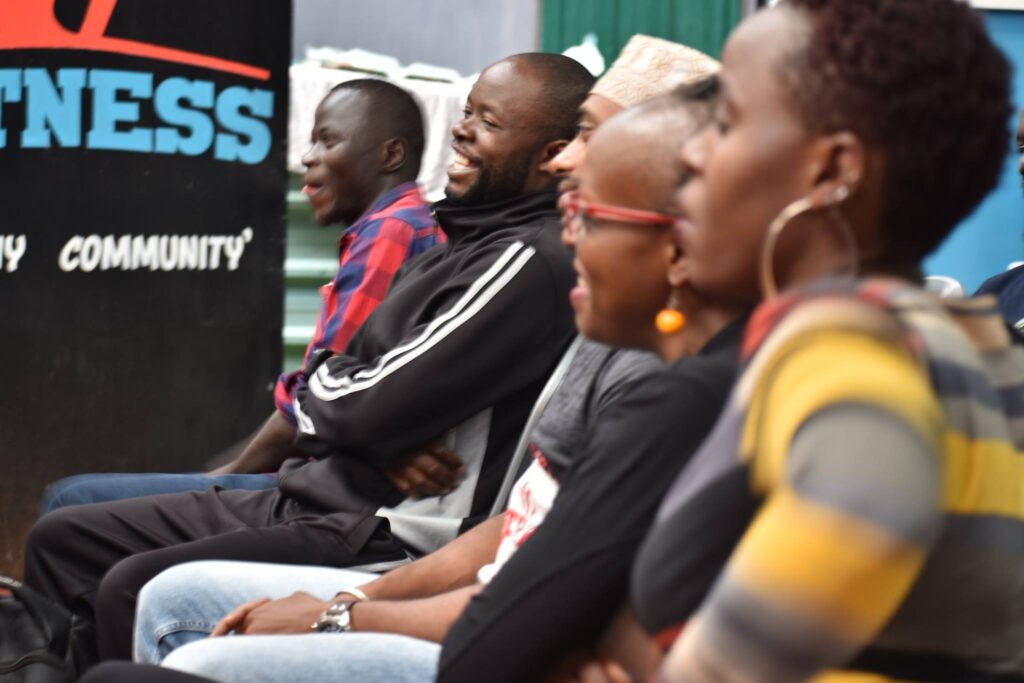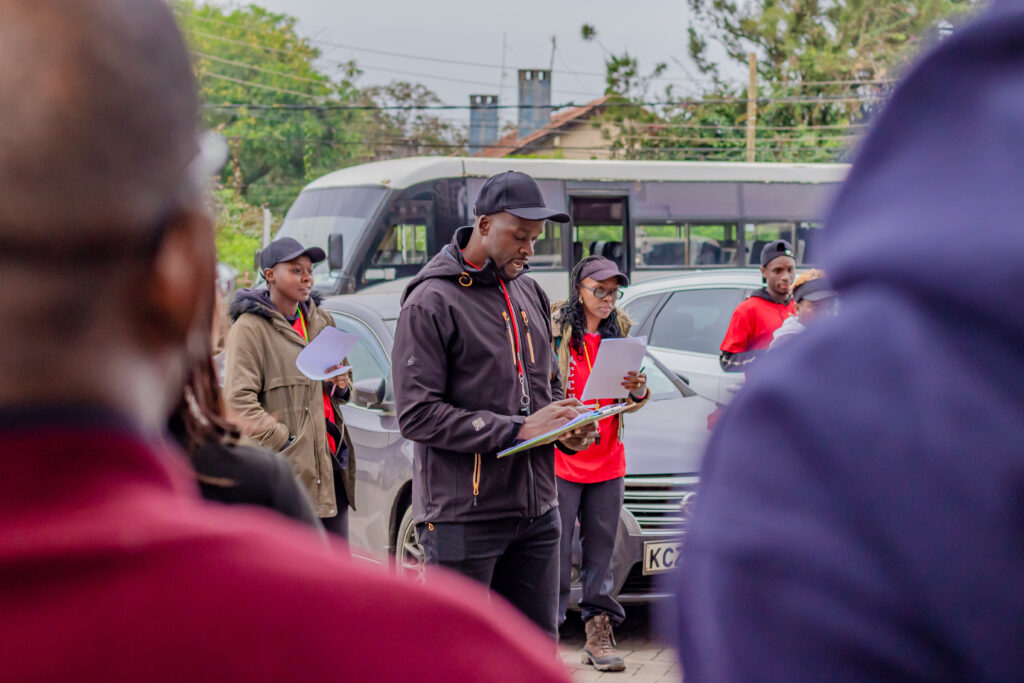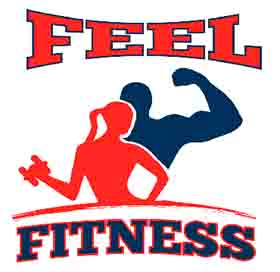If you’ve ever spotted someone in gym gear shouting, “One more rep!” or casually breaking into a flawless lunge just to retrieve a dropped pen, you’ve probably seen the impact of a health and fitness instructor in action. As one of those instructors, I’ve had the privilege of crisscrossing stages—literally and figuratively—delivering speeches, workshops, and keynotes to wellness enthusiasts. The fitness industry is buzzing, and we’re at the heart of the action, inspiring healthier habits and stronger bodies.
Teamwork: The Missing Ingredient in Health
Picture this: fitness experts and healthcare professionals on the same team, tackling the rise of non-communicable diseases like a well-coordinated relay squad. Imagine if exercise became the universal prescription—less about biceps and more about transforming lives. The results? Healthier, happier communities and a lot fewer “New Year’s resolutions” abandoned by February. When it comes to health, teamwork isn’t just a slogan—it’s the ultimate game plan. It’s time to stop playing separate leagues and join forces.
Maybe it’s time to sweat over a more vital question: “Does a fitness pro’s education and training affect their clients’ success?” The short answer: absolutely! Because when knowledge and passion collide, we’re not just helping people move better—we’re empowering them to live better.
Arnold Mose-Founder, Mofit.
The Dual Role Health and Exercise Pros Play
As certified health and exercise professionals, we’re not just cheerleaders in gym gear or timers for your planks—we’re guardians of both prevention and transformation. On one hand, we’re the frontline warriors in the fight against chronic diseases, crafting programs to manage, prevent, and reduce their grip. On the other, we’re motivational architects, building confidence and inspiring clients to embrace a lifestyle of movement.

In Kenya, however, the fitness industry is still warming up to the idea that structured qualifications are essential. It’s a bit like skipping the warm-up—you can do it, but it’ll cost you later. Thanks to some government policies that seem stuck in a perpetual cooldown, progress has been about as fast as someone carrying a kettlebell up a hill.
Teamwork is key.
Once upon a time, health and fitness instructors were like the cool cousins at family gatherings—part of the wellness conversation but not really invited to sit at the grown-ups’ table with the healthcare pros. Why? Well, historically, we weren’t seen as extensions of the healthcare team. Apparently, lacking the training to tackle topics like nutrition and weight management with the finesse of a surgeon’s scalpel meant we were stuck cheering from the sidelines.
The health and fitness world isn’t just a standalone act—it’s the perfect partner to the medical system, working in harmony to achieve the same goal: healthier, happier lives. Let’s face it, though—general practitioner training doesn’t exactly include a masterclass on squats or prescribe lunges for stress relief (but wouldn’t that be something?).
Still, the tide is turning. It’s exciting to witness doctors and fitness professionals teaming up, blending science with movement to tackle the health challenges of today. While there’s still plenty of room to grow, this collaboration is a game-changer. The best part? We’re just getting started, and the future looks stronger, brighter, and fitter than ever
Prevention is Better Than Cure.
Adopting new habits may result in weight loss. We should focus on the adoption of healthy habits that will have an impact on our clients health, regardless of their weight. Individuals will avoid millions of shillings in healthcare costs later by becoming more physically active today. Lifestyle ailments such as obesity, heart disease, diabetes, hypertension, stress, and depression can all be prevented by the habits we embrace. Prevention is better than cure.
Exercise professionals should work adjacent to, or within the healthcare setting, supporting teams of doctors, nutritionists, physiotherapists, physical therapists or alternative healthcare. We need to align with allies across healthcare advocacy and physical activity promotion to push for fitness and health policies that can get more people active.
Philip-Fitness Professionals Association of Kenya

Health and wellness is more like a group project where everyone actually does their part (a rare miracle, I know). Think less solo marathon, more relay race. It’s time we all laced up our teamwork sneakers and embraced the truth: no one’s winning the health championship alone. So, stop hoarding the ball, pass it around, and let’s win this game together!
Prescriptions Need Teamwork Too
Doctors handing out physical activity advice like takeout menus isn’t cutting it. They need backup—cue the fitness pros (that’s us)! But let’s make sure the advice doesn’t stop at “exercise more.” Patients need directions on where to “fill” their prescription and a solid pep talk on how not to ghost their workout plans. After all, we’re not running a gym version of a lost-and-found for forgotten resolutions.
Slow and Steady Wins the Race
Why do we need teamwork? Because clients often walk in with dreams so big they’d make father Christmas nervous. No, you’re not getting abs by Thursday, no matter how many crunches you do today. Unrealistic expectations lead to disappointment, and disappointment sends people sprinting away from their goals faster than you can say, “New Year’s resolution.” Our job? Be the voice of reason with a side of encouragement—and maybe a little reality check.

It Takes a Village (and a Sense of Humor)
Here’s the thing: it really does take a village to get this wellness thing right—and guess what? We are the village. So, grab your tools and let’s collaborate to turn every community into a hub of health and happiness. When we team up, the clients win, we win, and hey, we might even make health look fun. Game on, team!

